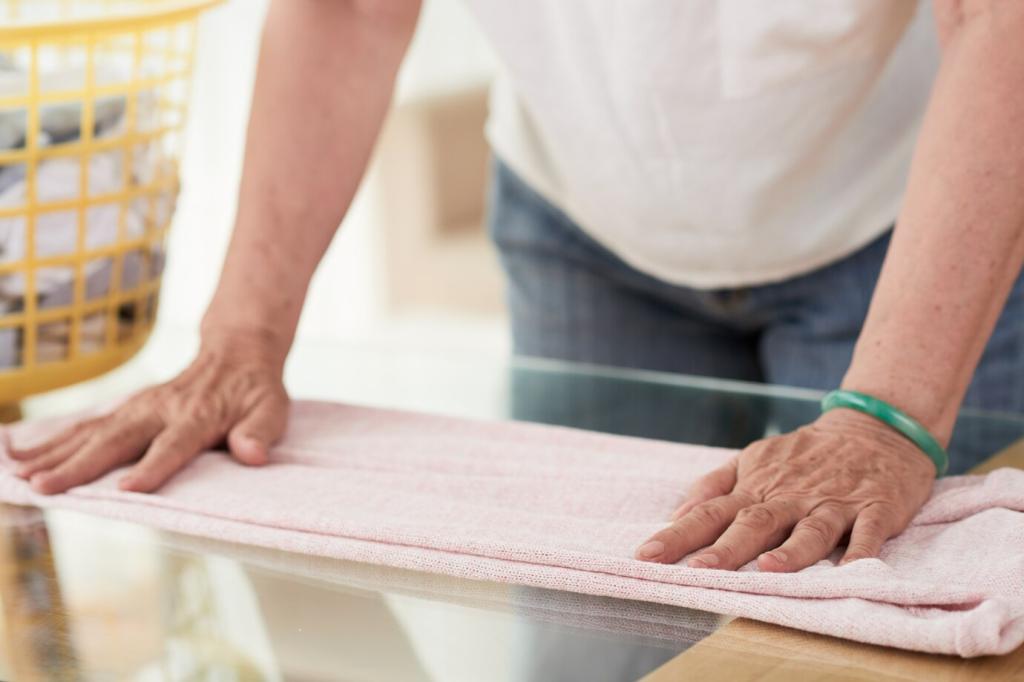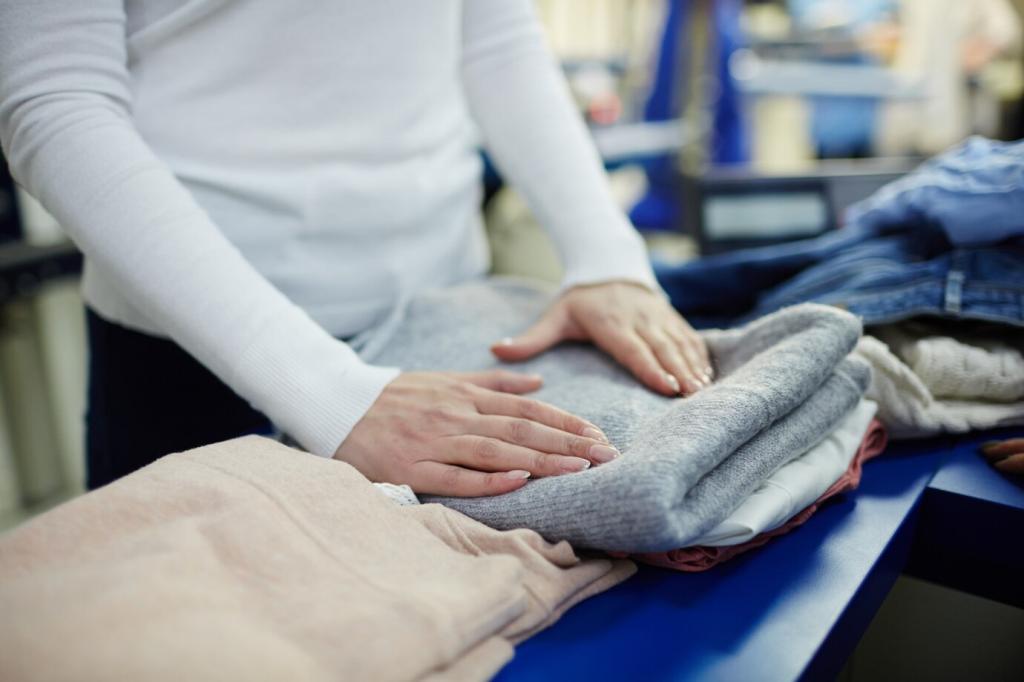Silk Under the Microscope: Why Stains Act the Way They Do
Silk is a protein fiber, similar in chemistry to hair, which means harsh alkalines or hot water can swell and weaken it. Recognizing this helps you choose gentle, pH-balanced approaches that remove stains without stripping the natural sheen you love.
Silk Under the Microscope: Why Stains Act the Way They Do
Silk’s fine filaments readily wick liquids along tiny channels, spreading stains wider than they appear. Treat the entire halo, not just the center, and work from the outer ring inward to keep the discoloration from creeping farther into pristine fabric.
Silk Under the Microscope: Why Stains Act the Way They Do
Heat sets many stains, especially proteins like blood or sweat, making removal harder. Prolonged exposure to high-pH cleaners can roughen fibers. Act promptly with cool water and mild solutions to maintain both strength and a luminous surface.
Silk Under the Microscope: Why Stains Act the Way They Do
Lorem ipsum dolor sit amet, consectetur adipiscing elit. Ut elit tellus, luctus nec ullamcorper mattis, pulvinar dapibus leo.






